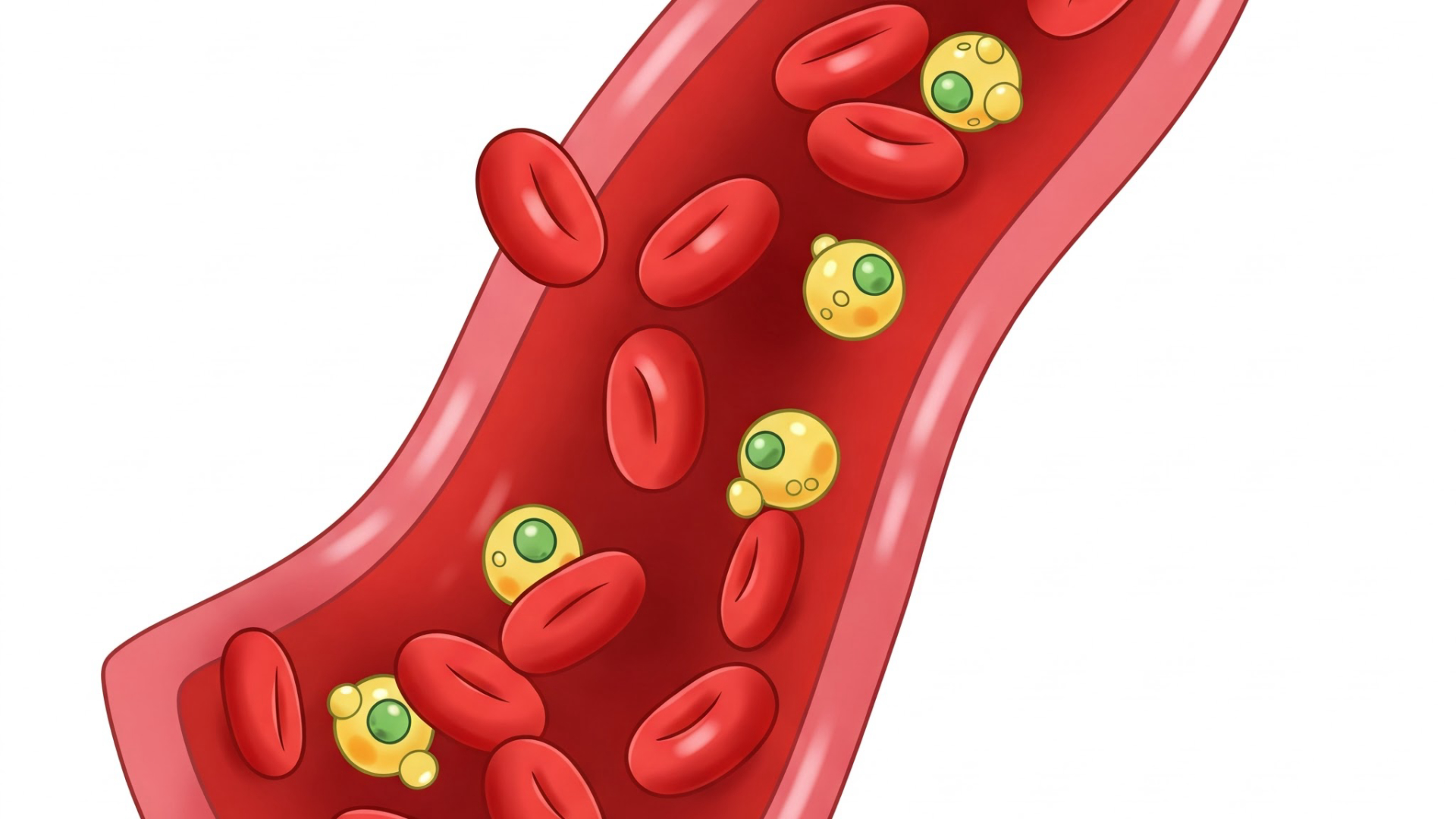Phenytoin: How does it work, what are its side effects, and what is fetal hydantoin syndrome?
Published on 01/29/2025 · 6 min readPhenytoin is a widely used antiepileptic medication, but understanding its mechanism, side effects, and potential risks, like fetal hydantoin syndrome, is crucial. This blog post will break down the key aspects of phenytoin.
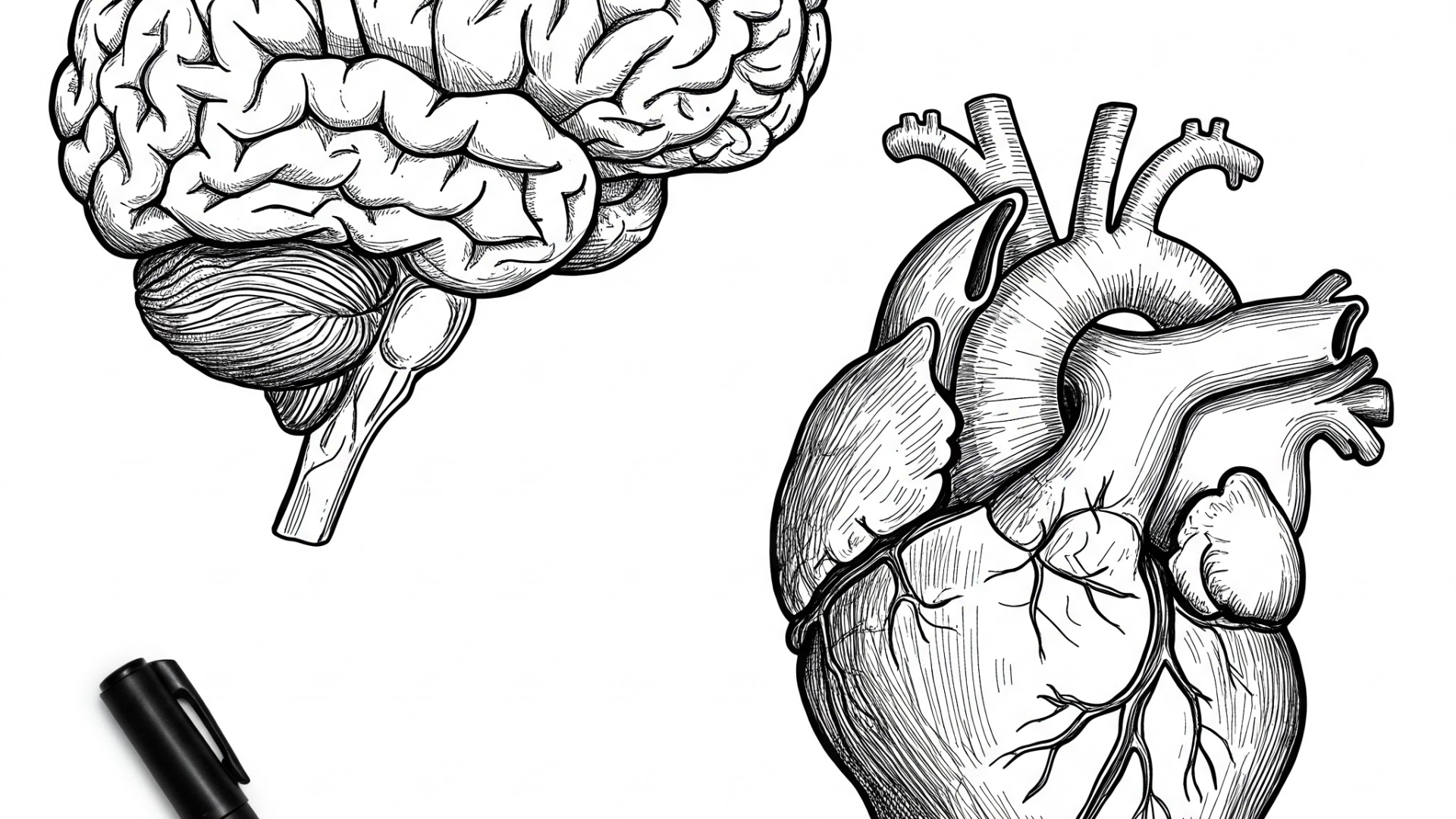
Table of Contents
How Phenytoin WorksPharmacokinetics: Zero-Order EliminationPhenytoin Side EffectsDose-Dependent Side EffectsNon-Dose-Dependent Side EffectsFetal Hydantoin SyndromeCharacteristics of Fetal Hydantoin SyndromeClinical Uses
How Phenytoin Works
Phenytoin's primary mechanism involves inhibiting voltage-gated sodium channels in neurons. By keeping these channels in an inactive state, it reduces neuronal excitability, preventing seizures. This also explains its use in treating certain cardiac arrhythmias, as electrical hyper-excitability is a common factor in both conditions.
Essentially, it stabilizes the electrical activity in the brain and heart.
Pharmacokinetics: Zero-Order Elimination
One critical aspect of phenytoin is its zero-order elimination. This means that a constant amount of the drug is eliminated per unit time, regardless of the concentration. This can lead to rapid increases in plasma concentration and toxicity with small dose adjustments, making careful monitoring essential.
Phenytoin Side Effects
Phenytoin has a range of potential side effects, some dose-dependent and others not.
Dose-Dependent Side Effects
- Hepatic necrosis: Liver damage due to the drug's metabolism.
- CNS depression: Reduced brain activity, leading to drowsiness and other neurological symptoms.
- Folate and Vitamin D deficiency: Resulting in megaloblastic anemia, neural tube defects, rickets, and osteomalacia.
Non-Dose-Dependent Side Effects
- Lupus-like reaction: Symptoms mimicking lupus.
- Allergic rash.
- Pseudo lymphoma: Lymphadenopathy with fever and rash.
- Gingival hyperplasia: Gum overgrowth.
- Hirsutism: Excessive hair growth.
- Nystagmus: Involuntary eye movements.
The liver metabolizes phenytoin by hydroxylation. Overwhelming the liver with high doses saturates the enzymes, drastically increasing plasma drug levels and the risk of toxicity, including coma, cardiovascular collapse, and respiratory depression.
Fetal Hydantoin Syndrome
Phenytoin is a known teratogen, meaning it can cause birth defects. Fetal hydantoin syndrome is a specific pattern of congenital anomalies associated with prenatal exposure to phenytoin.
Characteristics of Fetal Hydantoin Syndrome
- Microcephaly: Abnormally small head.
- Midfacial hypoplasia: Underdevelopment of the midface.
- Cleft lip and palate.
- Low-set ears.
- Developmental delay and intellectual disability.
- Hypoplasia of nails and distal phalanges.
- Congenital heart defects (e.g., ventricular septal defect, pulmonic stenosis, transposition of great vessels).
It is important to note that other fetal complications can occur, such as intrauterine growth restriction, twin-to-twin transfusion syndrome, and oligohydramnios/polyhydramnios.
Clinical Uses
Despite its potential side effects, phenytoin remains valuable for treating:
- Focal seizures.
- Tonic-clonic seizures.
- Status epilepticus.
- Certain cardiac arrhythmias.
Shop related blood tests
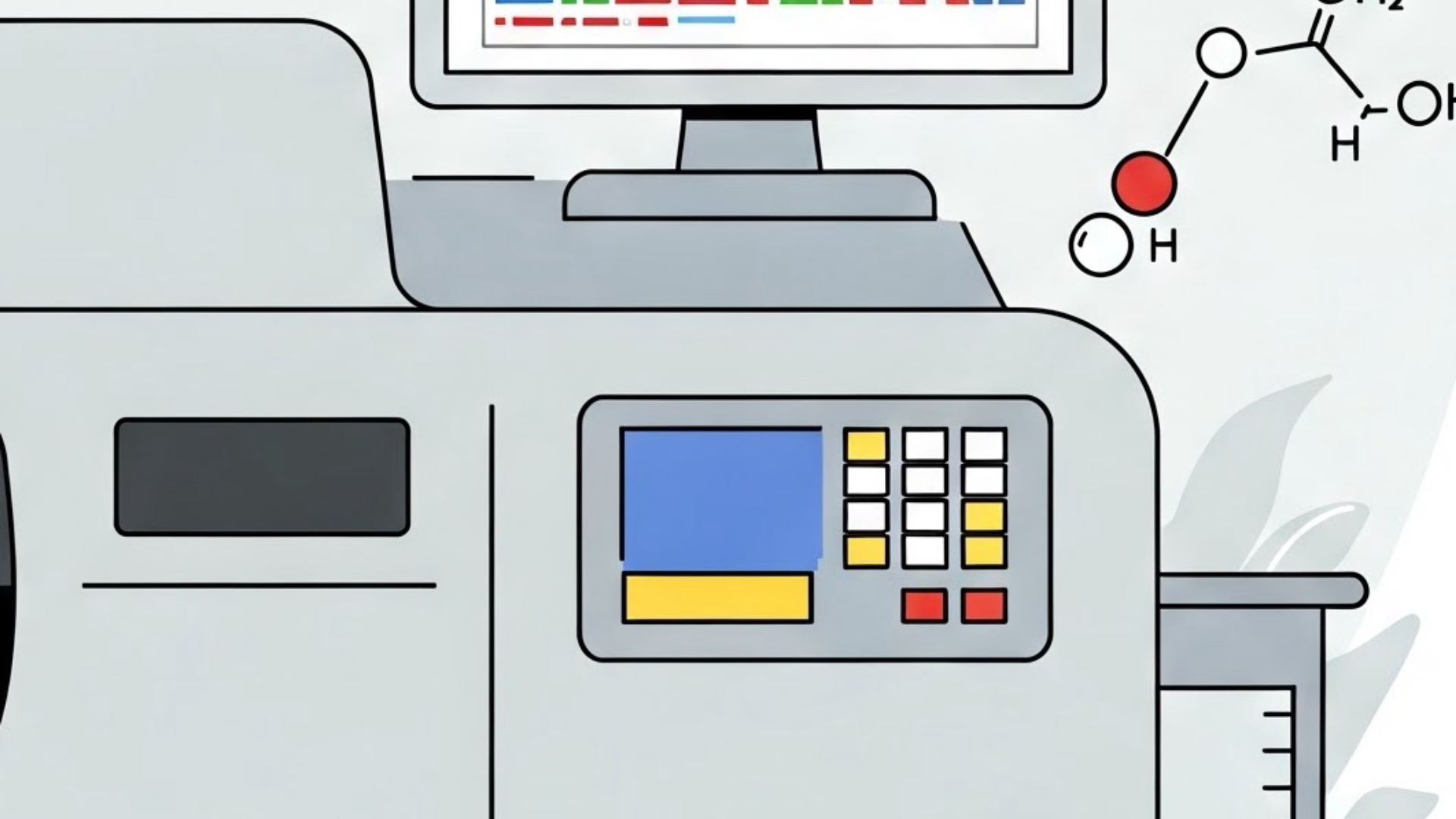
Chemistry Panel (Comprehensive Metabolic Panel)
This panel assesses liver function (AST, ALT, alkaline phosphatase, bilirubin), which is crucial due to phenytoin's potential for hepatic necrosis. It also checks kidney function and electrolyte balance.
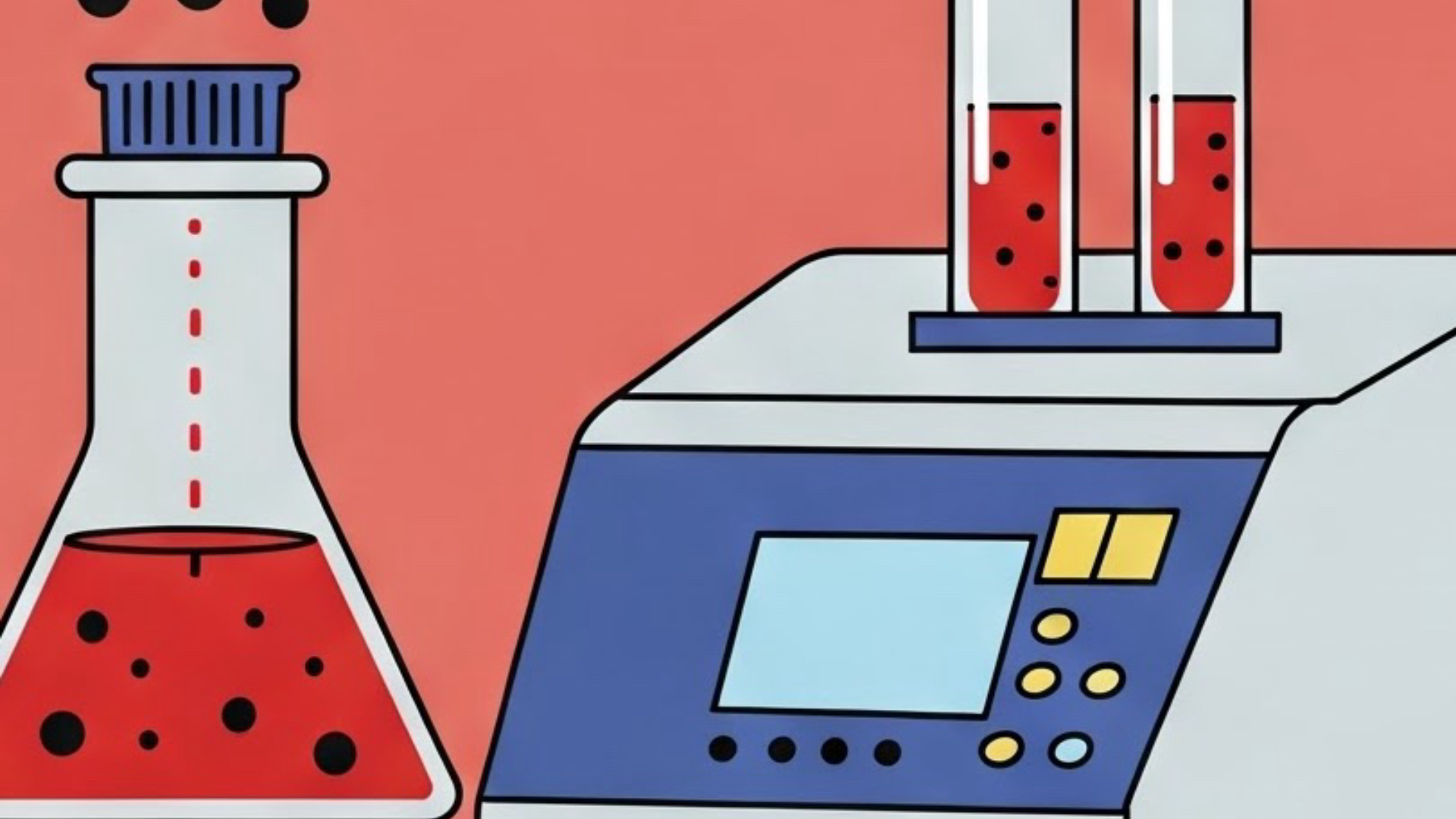
Cardio IQ™ Vitamin D, 25-Hydroxy, LC/MS/MS
Phenytoin also interferes with vitamin D, so measuring vitamin D levels is important.
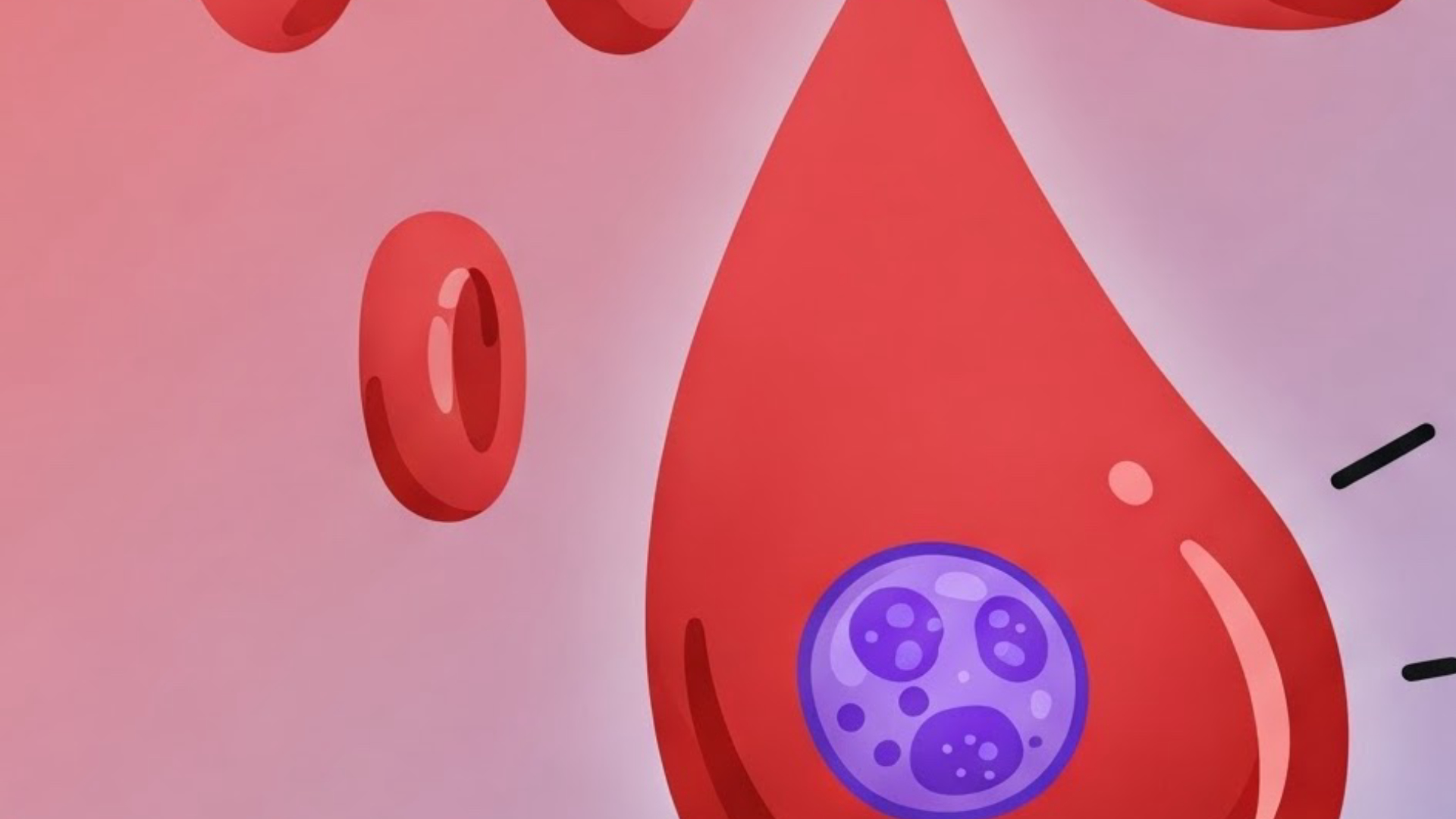
CBC (H/H, RBC, Indices, WBC, Plt)
A complete blood count is useful to monitor for megaloblastic anemia, which can occur due to folate deficiency.
Read next
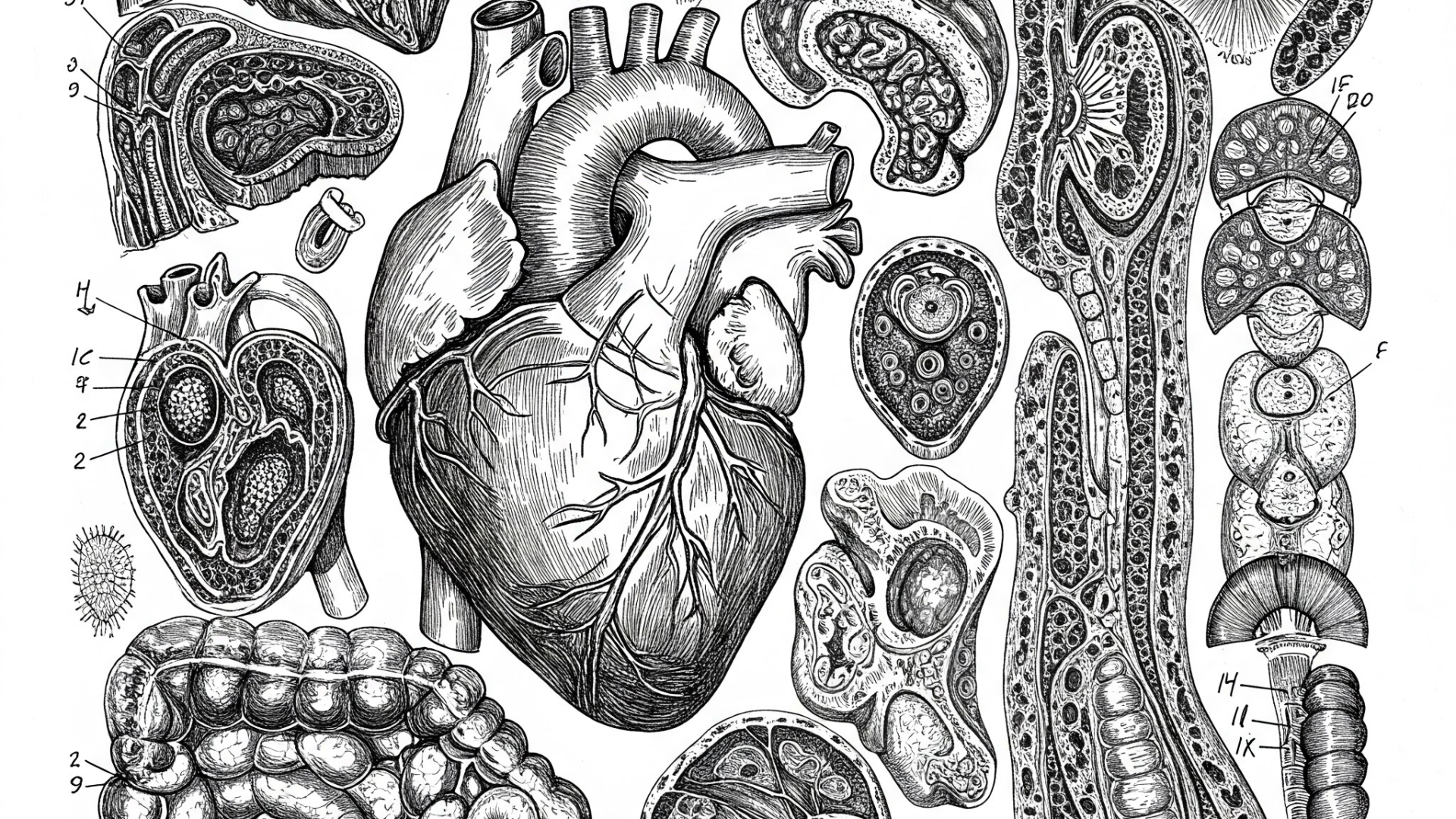 Written on 01/01/2025
Written on 01/01/2025What are the key differences between anti-centromere and anti-scleroderma 70 antibodies in scleroderma, and how do they impact diagnosis and prognosis?
Scleroderma, a complex autoimmune disease, presents diagnostic and prognostic challenges. Understanding the roles of anti-centromere and anti-scleroderma 70 (anti-topoisomerase 1) antibodies is crucial for effective management. This post will delve into their key differences and clinical implications. Read more
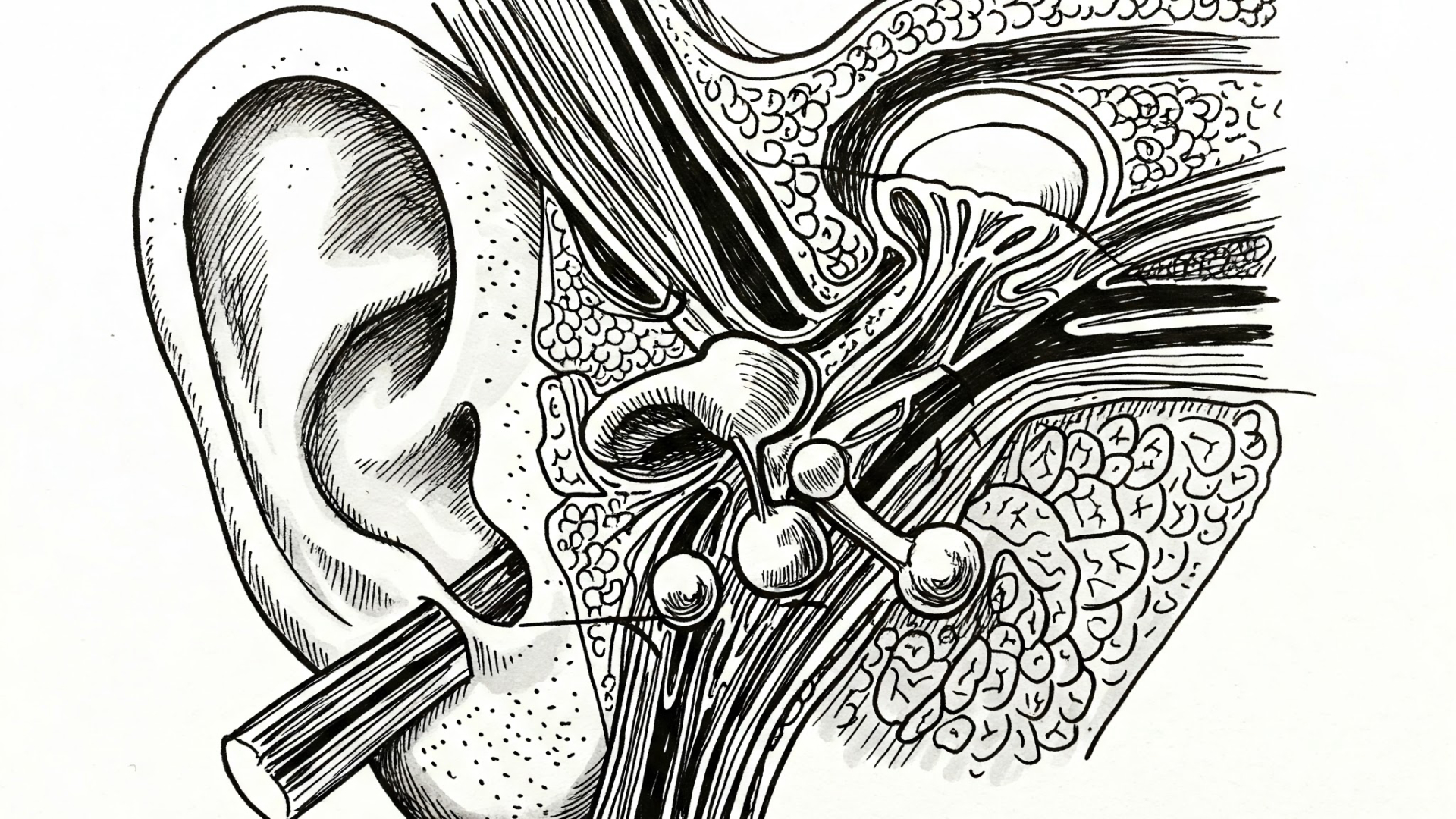 Written on 02/23/2025
Written on 02/23/2025External and Middle Ear Anatomy: How Do Structure and Function Impact Hearing and Common Ear Conditions?
Understanding the anatomy of the external and middle ear is crucial for comprehending how we hear and why certain ear conditions develop. This blog post delves into the key structures and their functions, highlighting common issues like swimmer's ear and eardrum perforation. Read more
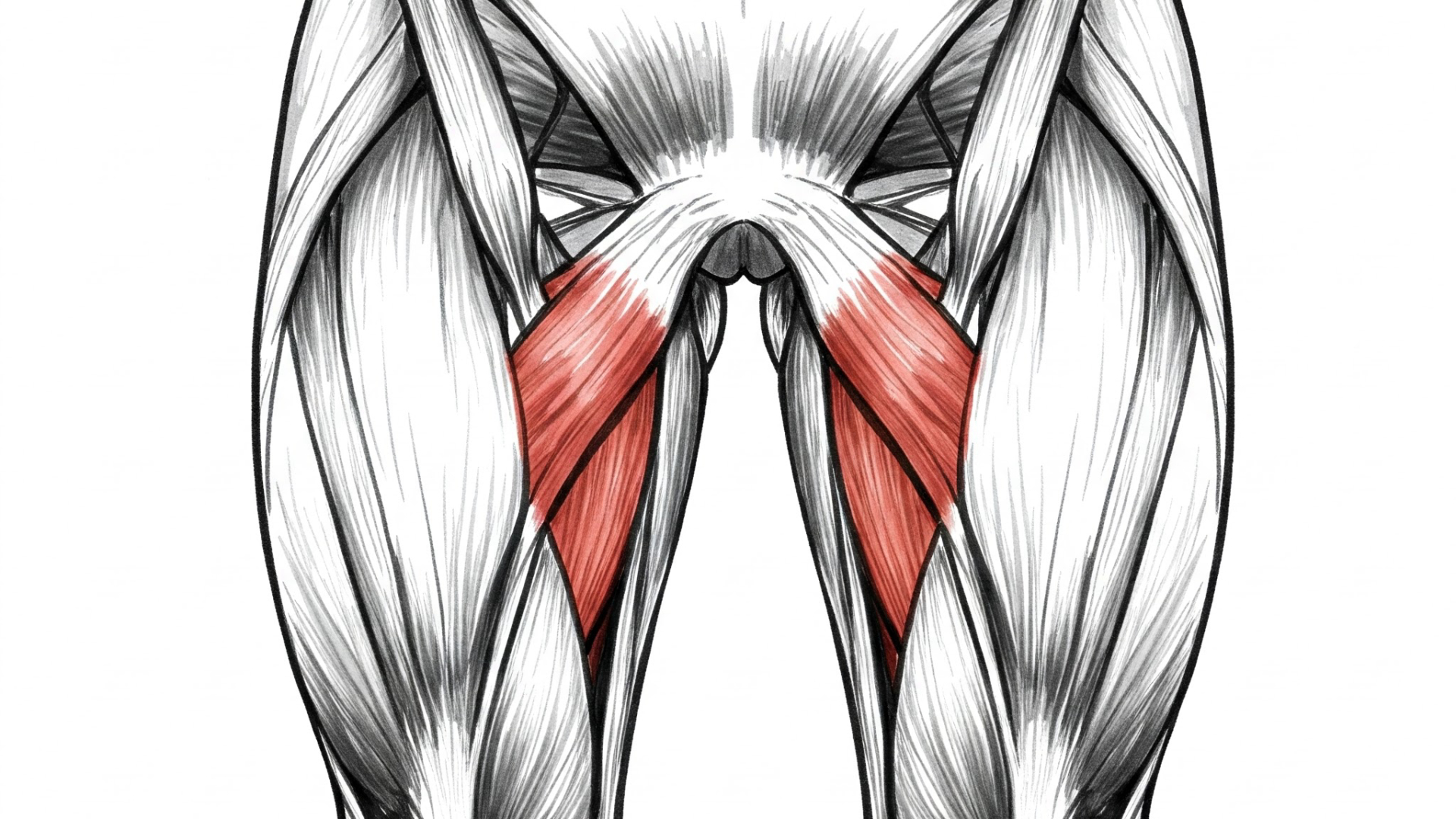 Written on 02/27/2025
Written on 02/27/2025How Do You Determine R vs S Configuration of a Chiral Carbon Based on Atomic Priority and Spatial Arrangement?
In organic chemistry, understanding the spatial arrangement of atoms in a molecule is crucial, especially when dealing with chiral molecules. Chiral carbons, those bonded to four different substituents, can have two non-superimposable mirror images called enantiomers. To distinguish between these enantiomers, we use the R/S system of absolute configuration. But how exactly do we determine if a chiral carbon is R or S? Read more
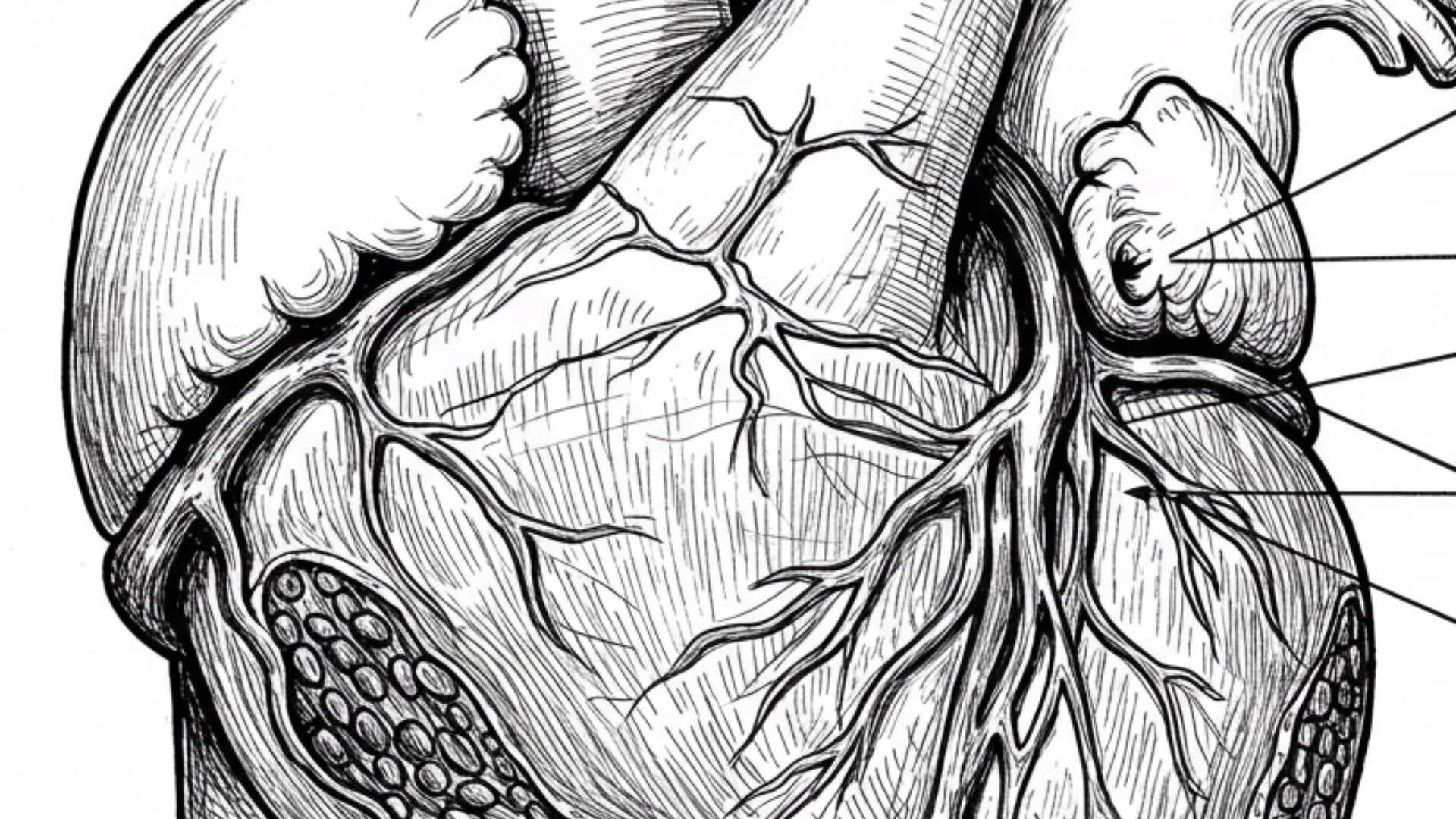 Written on 02/24/2025
Written on 02/24/2025Constrictive Pericarditis: How Does a Thickened Pericardium Impair Heart Function and Cause Systemic Symptoms Like JVD, Ascites, and Pulsus Paradoxus?
The heart, our tireless engine, is enveloped by a protective sac called the pericardium. Normally thin and flexible, the pericardium can sometimes become thick and rigid due to inflammation, a condition known as pericarditis. When this thickening becomes chronic and constricting, it leads to constrictive pericarditis, significantly hindering the heart's ability to function properly. Read more
